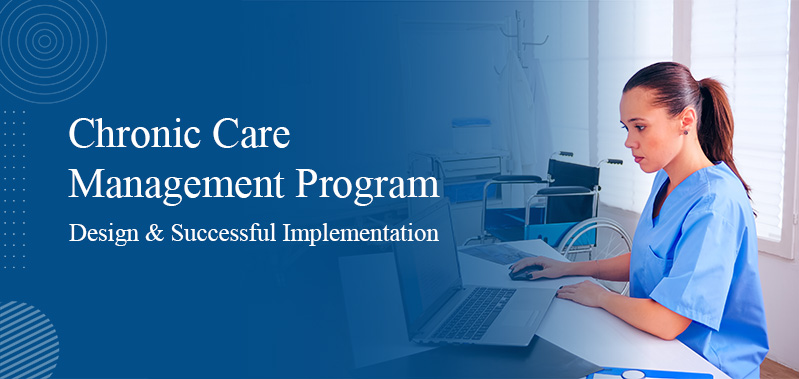
How to Validate SaaS Cloud Systems for 21 CFR Part 11 Compliance While Meeting GDPR Standards
In today's ever-changing landscape of technology, there are many new considerations for computer system validation (CSV) to ensure the nuances of each innovative component. For example, we now have more FDA-regulated companies starting to use cloud services and Software-as-a-Service (SaaS), Infrastructure-as-a-Service (IaaS), Platform-as-a-Service (PaaS), Software-as-a-Medical-Device (SaaMD), and the use of mobile devices.
In addition, the FDA is encouraging companies to follow the principles of Computer Software Assurance (CSA) vs. the traditional CSV. There is a need to apply critical thinking and a discovery mindset as we do the validation activities. This means treating each requirement based on potential risk if it were to fail and doing testing for it accordingly.
As the pharmaceutical, medical device, and other regulated industries increasingly adopt Software as a Service (SaaS) and cloud-based systems, ensuring compliance with 21 CFR Part 11 and the General Data Protection Regulation (GDPR) becomes critical. While 21 CFR Part 11 focuses on the security and integrity of electronic records within FDA-regulated environments, GDPR ensures the privacy and protection of personal data. Companies operating in these sectors must navigate the challenges of validating SaaS/cloud systems to meet these dual requirements. This article explores how organizations can achieve compliance with both 21 CFR Part 11 and GDPR through a systematic approach to validation.
Understanding 21 CFR Part 11 and GDPR
21 CFR Part 11
21 CFR Part 11 is a regulation established by the FDA that sets forth criteria for the acceptance of electronic records and electronic signatures as equivalent to paper records and handwritten signatures. It covers the integrity, authenticity, and confidentiality of records, requiring that electronic systems meet stringent requirements in areas such as access control, audit trails, and data integrity. For companies using SaaS or cloud-based systems, it is essential to ensure that these systems are validated to comply with Part 11 requirements.
GDPR
The General Data Protection Regulation (GDPR) is a comprehensive data protection law enacted by the European Union. It governs the collection, processing, and storage of personal data, ensuring that organizations handle such data with the utmost care and respect for individuals' privacy rights. Non-compliance with GDPR can lead to severe penalties, making it essential for organizations to integrate GDPR requirements into their validation processes for SaaS/cloud systems.
Steps for Validating SaaS/Cloud Systems
- Risk Assessment and System Categorization: Start by assessing risks associated with the SaaS/cloud system, considering 21 CFR Part 11 and GDPR requirements. Categorize the system based on its importance and the sensitivity of the data it handles to guide your validation approach.
- Vendor Qualification and Audit: Choose a SaaS/cloud provider that meets 21 CFR Part 11 and GDPR standards. Conduct a thorough vendor audit to ensure they have strong access controls, data encryption, and audit trails necessary for compliance.
- Data Integrity and Security Measures: Ensure the system protects data from unauthorized access, changes, or deletion with controls like role-based access, encryption, and automated audit trails. Verify that data handling aligns with GDPR's principles.
- Electronic Records and Signatures Validation: Validate that the system securely creates, maintains, and archives electronic records and supports unique electronic signatures, in line with 21 CFR Part 11 requirements.
- Data Privacy and GDPR Compliance: Ensure the system supports GDPR requirements for data privacy, including the rights of data subjects to access, rectify, or delete their data. Confirm compliance with GDPR’s data transfer rules, especially for transfers outside the EU.
- Ongoing Monitoring and Periodic Review: Continuously monitor the system to ensure ongoing compliance with 21 CFR Part 11 and GDPR. Regularly review audit trails, access controls, and revalidate the system as it evolves.
- Documentation and Training: Keep detailed records of all validation activities and ensure staff are trained on both 21 CFR Part 11 and GDPR requirements, emphasizing the importance of data integrity and security.
Challenges and Best Practices
Data Localization and Sovereignty:
Validating SaaS/cloud systems for both 21 CFR Part 11 and GDPR compliance poses a challenge with data localization. GDPR mandates that personal data stay within the EU or in countries with strong data protection, while Part 11 focuses on data integrity without specific location rules. To navigate this, opt for cloud providers with EU data centers or use hybrid models combining cloud and on-premise solutions.
Balancing Flexibility and Compliance:
While SaaS/cloud systems offer flexibility and scalability, they complicate validation. Set up clear validation protocols that maintain a balance between flexibility and the stringent requirements of 21 CFR Part 11 and GDPR. This includes creating SOPs for configuration management, change control, and system updates.
Ensuring Interoperability:
For organizations using multiple SaaS/cloud systems, interoperability is crucial. Ensure systems can securely communicate and exchange data while complying with 21 CFR Part 11 and GDPR by validating interfaces, APIs, and data exchange protocols.
Conclusion
Validating SaaS/cloud systems for 21 CFR Part 11 compliance while meeting GDPR standards is a complex but essential task for organizations in regulated industries. By following a systematic approach that includes risk assessment, vendor qualification, data integrity measures, and ongoing monitoring, companies can ensure that their systems not only meet regulatory requirements but also protect the privacy and integrity of the data they handle. As both 21 CFR Part 11 and GDPR continue to evolve, staying informed and proactive in your validation efforts will be key to maintaining compliance in an increasingly digital world.




